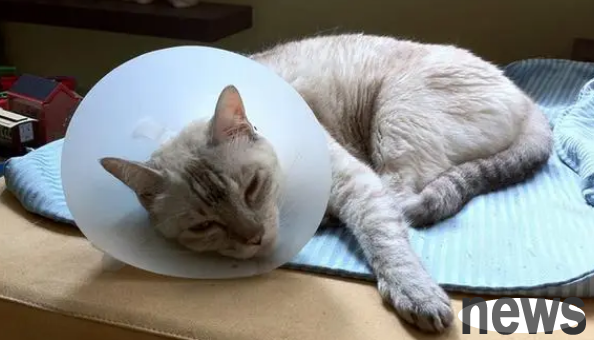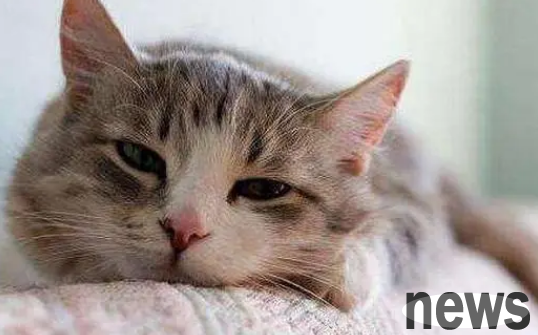Calicivirus infection in cats, also known as infectious rhintracheitis, is a multiple oral and respiratory infectious disease in felines caused by cats calicivirus. It is mainly manifested as upper respiratory tract symptoms, biphasic fever, serous...
Calicivirus infection in cats, also known as infectious rhintracheitis, is a multiple oral and respiratory infectious disease in felines caused by cats calicivirus. It is mainly manifested as upper respiratory tract symptoms, biphasic fever, serous and mucous rhinitis, conjunctivitis, and depression. Some cats may hear breathing rales, difficulty in feeding, salivation, oral ulcers, etc.

The clinical symptoms are mainly manifested as reduction, salivation, and secretions hanging on both lips in a viscous and transparent manner; there are many ulcers on the back of the tongue, and the ulcers are slightly sunken, red, and irregular edges; cats keep licking their mouths with their tongues due to discomfort in tongues; the temperature of the three bodies increases slightly, the highest is 39.7 degrees Celsius, and one body temperature does not rise; the two have dry nose mirrors; the condition is severe and the mental depression is not obvious, and the rest of the mind is not changed.

The oral secretions of the onset cat were collected and tested for virus isolation. After appropriate treatment, the saliva was inoculated with F81 cells blindly passed to the fourth generation. All cells showed cell lesions, and the cells were rounded and fusion, and finally completely fell off and suspended.
The supernatant of the poisonous cell culture was negatively stained by electron microscopy, and the cupic virus particles were seen. The cellular components were used as electron microscope ultra-thin sections to observe, and cupic virus particles arranged in a lattice-like manner could be seen in the cytoplasm.
The limbs of the 40-day-old test cat were taken, and then divided into two groups to be isolated and raised. In the first group, each cat was given 2 ml of saliva secreted by the sick cat by nasal drops and oral inoculation; the second group was the control group, and the same amount of normal saline was inoculated according to the method of the first group. After receiving the poison, the clinical symptoms were observed every day, and the oral secretions of the poisoned cat were collected on the fifth day for examination. As a result, the body temperature of the poisoned group increased, and symptoms such as ulceration, decreased appetite, salivation and other symptoms appeared on the nose and tongue edges sixth day after the poisoning. On the fifth day of the poisoning, FCV could be isolated from the oral secretions of the two test cats; while there was no abnormality in the clinical observation of the control group, and the virus was isolated as negative.
Immediately quarantine the sick cat in the hospital for treatment, and disinfect the floor, cages, utensils, etc. every day. Ribavirin, thymus peptide, etc. are used. Open the mouth of the sick cat, rinse the mouth with 0.1% potassium permanganate, and apply cod liver oil or spray Guilin watermelon cream on the ulcer surface. Treatment with ceftriaxone sodium infusion. Use vitamin B complex, vitamin B2, vitamin B6, vitamin C, etc.